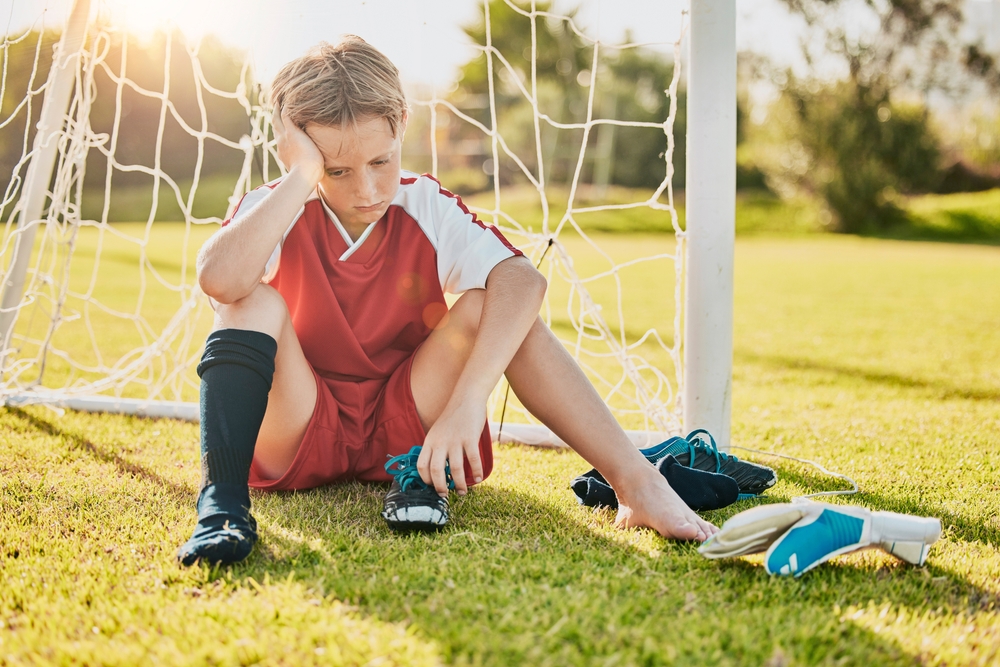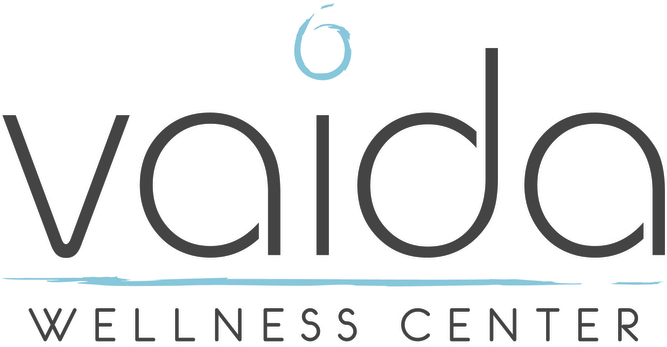
In recent years, doctors have begun to see a significant increase in overuse injuries in children, teens, and young adults. In most cases, these overuse injuries are associated with sports-related activities.
Sports participation promotes the physical and emotional well-being of our youth and encourages the lifelong habit of exercise. Although the benefits of athletic activity are significant, too much activity can lead to injuries.
Overuse injuries occur in a wide range and assortment of sports. Some of these injuries are unique to a certain sport, such as throwing injuries of the elbow and shoulder that are prevalent in baseball players. However, the most common overuse injuries in kids involve the knee and foot.
Muscles, ligaments, tendons, bones, and growth plates can all be affected by overuse. In children, these structures are still growing and developing, and the growth is generally uneven. Bones grow faster than muscles in children. This uneven growth pattern makes younger athletes more susceptible to injuries in general.
Overuse injuries defined
Sports-related overuse injuries are “microtraumas” that result from repetitively using the same parts of the body, usually by overtraining. A microtrauma is a small injury to a bone, muscle, tendon, or ligament. Examples are tiny tears in muscle fibers, stress on a tendon, or bruising of a bone.
Muscles and tendons adapt to stress; that’s how they become stronger. But they also need to rest and rebuild between episodes of stress. Overuse injuries develop when a muscle, tendon, ligament, or bone is repeatedly stressed and never gets an opportunity to rest and rebuild between uses.
Several factors can increase a child’s risk of an overuse injury:
- Growing bones: The long bones in children’s arms, legs, hands, and feet have soft areas of cartilage (growth plates) near the ends of the bones where growth occurs. Because growth plates are softer than the rest of the bone, they are more prone to injury from repetitive stress. Little League shoulder and Little League elbow, for instance, are growth plate injuries that occur from too much throwing without rest.
- Growth spurts: During growth spurts, your child’s bones are lengthening and the tissues around them become tight. This makes them more prone to injuries.
- Prior injury: A prior injury can predispose the area to injury through overuse.
- Lack of conditioning: Jumping right into a demanding training regimen without building up the necessary strength and endurance increases an athlete’s risk of overuse injury.
Stages of Overuse Injuries
These injuries might not always show obvious signs like swelling or bruising, so athletes and their families might not realize they need medical care.
Generally, overuse injuries come on gradually, following stages like these:
- Stage 1: Pain in a specific area of the body after games or workouts.
- Stage 2: Pain while playing or practicing that doesn’t hamper performance.
- Stage 3: More serious pain that is bad enough to keep kids from wanting to attend practices or participate in games
- Stage 4: Chronic pain that happens even when kids aren’t doing their sport
How to Prevent Overuse Injuries
Keep your child/teen active in their sport by applying some of these prevention tips.
- Schedule your child/teen for an annual physical evaluation before participating in sports.
- Schedule a sports motion analysis session to have your child/teen’s mechanics analyzed. By using proper technique, athletes can lessen their risk of injury and help improve performance.
- Encourage your athlete to warm up properly before activity by stretching or engaging in dynamic warm-up exercises, like jogging in place.
- Make sure training is increased gradually. Remember the 10% rule: Don’t increase training activity, weight, mileage, or pace by more than 10% a week.
- Have your athlete take at least one day off from organized activity each week.
- Encourage your child to try a variety of sports involving different movement patterns and muscle groups. Young athletes who play the same sport year-round or sports with similar body demands (such as the overhead shoulder motions of swimming and pitching) are more likely than others to experience overuse injuries.
- Be sure your child/teen is wearing properly fitting sports equipment and protective gear.
How Chiropractic Care Can Help Your Child/Teen with an Overuse Injury
Dr. Lydia is a Certified Chiropractic Sports Physician (CCSP) and has additional training in sports injury and prevention. She is able to provide a full examination for your kiddo to ensure their bodies are well-equipped for various sports seasons.
Additionally, chiropractic adjustments with Dr. Lydia or Dr. Rachael can help maintain proper alignment, which reduces the overall risk of injury to muscles, tendons, and ligaments. Techniques like spinal adjustments and soft tissue therapy can help ease their discomfort if they end up with an overuse injury and get them back in action. We can also recommend supplements that can be helpful with muscle recovery.
